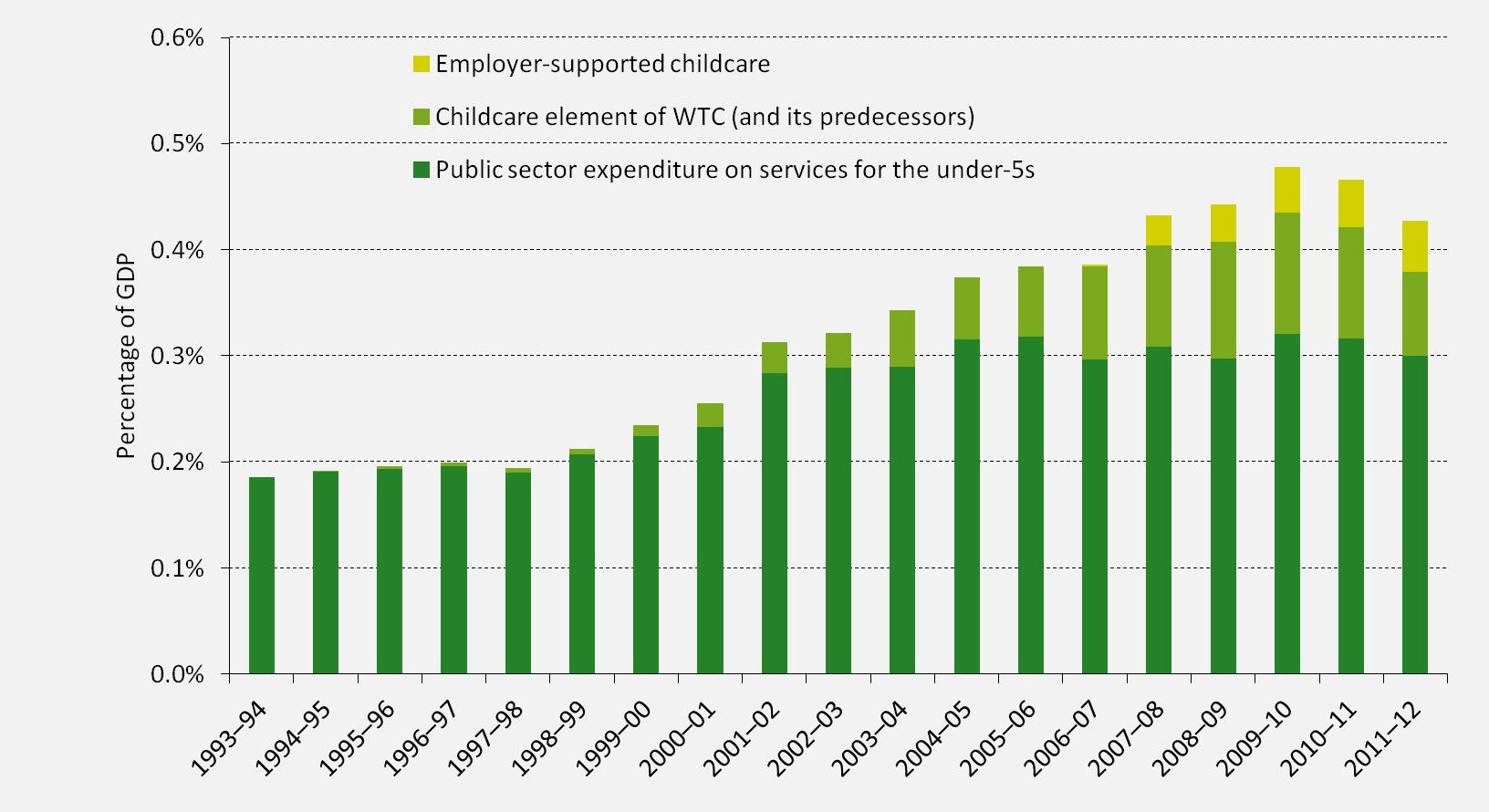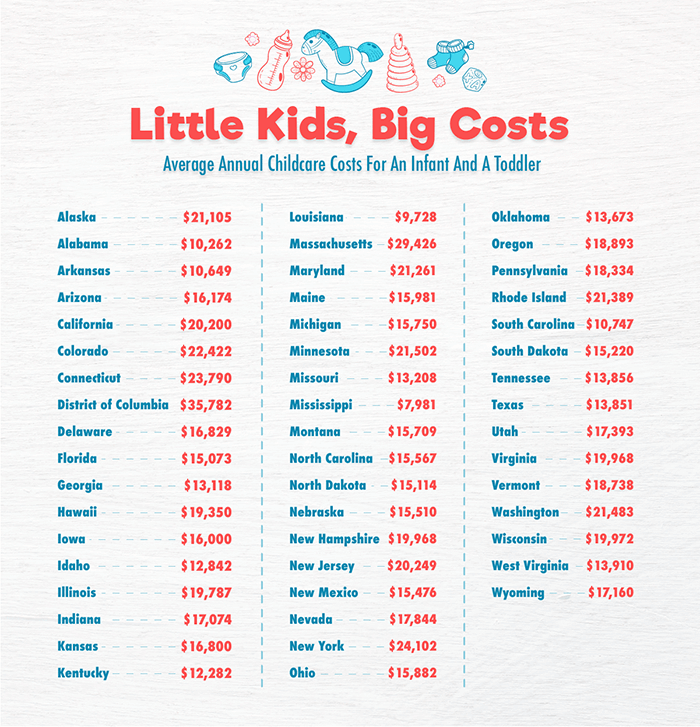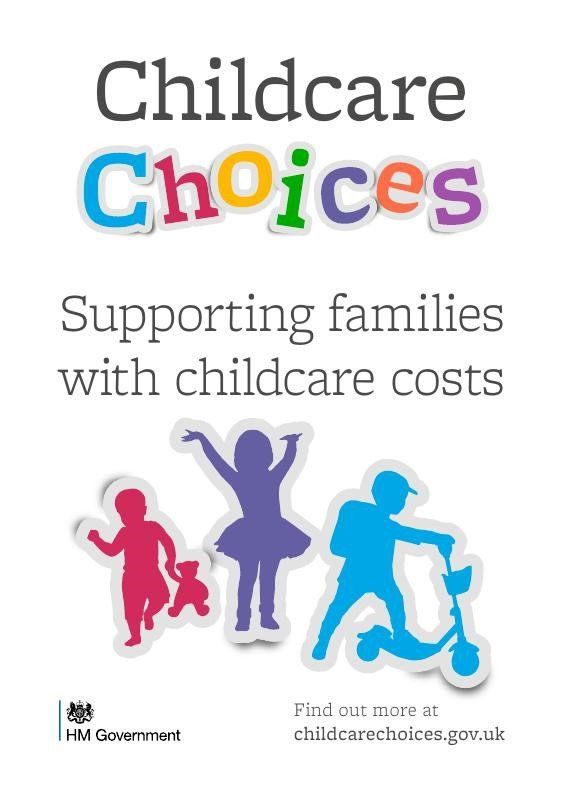

10 Similarly, home-based child care providers often work far beyond 40 hours a week for relatively little take-home pay and limited benefits.

The average early educator makes less than $12 an hour, with educators of infants and toddlers making even less. 9 And the subsidies that do exist for infant and toddler child care are usually inadequate, covering just a fraction of the cost of providing care and limiting providers’ ability to invest in their programs.ĭespite the high cost of care, child care programs are typically just scraping by-and only able to do so because early educators are paid so little. 8 Most families who cannot afford that are out of luck: Just 1 in 6 families who are eligible for child care subsidies receive them. Infant child care costs families an average of $11,000 per year and is more than the price of public college in 33 states. If there are available options, they typically are not affordable. Parents are often unable to find a child care program with an open spot for their infant or toddler. The current child care market fails families, children, and businesses. Using CAP’s working definition for child care deserts-places where there are three or more children for each licensed child care slot-more than 80 percent of the counties in this study would be classified as an infant and toddler child care desert.Licensed child care is more than three times as scarce for children ages 0 to 2 than it is for those ages 3 to 5.There are more than four children under age 3 per licensed child care slot, or enough licensed child care to serve just 23 percent of infants and toddlers.In total, the sample represents close to 40 percent of the U.S. 6 The United States’ licensed child care shortage is driven in large part by the lack of options for families of infants and toddlers.Įxpanding on previous child care supply analysis, the Center for American Progress collected data on infant and toddler child care supply from 19 states and the District of Columbia. While the prevalence of child care deserts-areas in which licensed child care supply is far short of the population of children-is becoming more widely understood, analyzing child care supply by grouping together all children younger than 5 does not tell the whole story. This situation is especially dire for infant and toddler child care, which is costly to provide and expensive for families. The United States was facing a child care crisis before the pandemic began, but the ongoing health and economic impacts of the coronavirus have brought the child care industry to the brink of collapse. 4 This could lead to nearly half of the child care supply in the country-roughly 4.5 million slots-closing permanently. In a survey at the onset of the COVID-19 pandemic in the United States, 63 percent of providers said that without additional funding, they would have to close permanently if temporary closures lasted longer than a month. While Odom was able to access these two supports to prevent her business from permanent closure amid the coronavirus crisis, many providers have not been as lucky. 2 Odom, along with just one-fourth of child care providers-about half of the providers who applied-also received a Paycheck Protection Program loan through the SBA.

However, Early Head Start programs are woefully underresourced, reaching only 3 percent of eligible children. EHS-CCPs across the country continue to provide programs with public funding based on how many children they have the capacity to serve, rather than how many children are attending, allowing programs to continue paying bills while closed or serving fewer children than normal.

As an EHS-CCP grantee, Odom’s program-and the families it serves-has continued to receive support. Her program has been able to survive until now in part because of the federally funded Early Head Start-Child Care Partnership (EHS-CCP) program as well as a Small Business Administration (SBA) loan. A recent spike in COVID-19 cases in the county delayed Odom’s plan to resume providing care five days a week. 1 As of July 7, the program was operating for just three days of the week and serving four children at a time, rather than the usual six. Cheryl Odom runs a home-based family child care program in Columbus, Ohio, that had to close for more than two months as part of the effort to contain the spread of the coronavirus.


 0 kommentar(er)
0 kommentar(er)
